Adaptive Art: A class where process is more important than product
Freshman Jacob Cosper cuts out a vampire for his haunted house picture.
The sounds of genuine laughter, chatter among new friends, painting, coloring, and Pandora radio fills room 133 – an unusual sound on a Monday morning to those unfamiliar with Adaptive Art, but a normality to all those enrolled in the class. Adaptive Art is an unique class made up of special education students and their peer partners, who serve as both mentors and friends.
Mrs. Janice Strain has taught the class for the past seven years and it is open to students in all grades. The class is “all about the connections,” said Strain. “There is no stress and it has a very studio-like atmosphere. Projects are created based on their unique personalities, and the same one is never completed twice. It’s all about what happens in between the artwork and it raises their self-esteem.” Strain has also always showcased the students artwork in her events like she does with all of her other students, which displays their individuality and increases their self-confidence.
Being warmly welcomed into a new classroom by inspiring individuals also helps foster the students’ mental and emotional well-being. “Peer partners fulfill the void of role models for the students, and are genuine people that bond with the students without judgment,” said Strain.
Freshmen Jacob Cosper and Noah McDonald and sophomore Alexus Barber all agree that meeting their peer partners and developing a close relationship with them while expressing their imagination has been the highlight of Adaptive Art.
“I look forward to coming here and making art and being with my new friends,” Barber said.
The presence of peer partners in the classroom has created a judgment-free atmosphere for all students. “This class is a safe environment because it clears my mind and it’s relaxing,” said McDonald. He has been able to unwind and channel his energy creatively through projects such as a collage, an adaptive book, a vase, a name radial, and a haunted house painting.
Junior and peer partner Tiffany Coble has gained insight and knowledge from this class, in a different but equal way than the students. “I’ve always wanted to be a teacher and I’ve recently become interested in special education because of Unified Volleyball,” Coble said. “However, volleyball teaches the students through actions and I wanted to be able to teach them through words. I didn’t know if I had the patience to do this for the rest of my life. This class has given me a better understanding of how physically and mentally draining but even more beneficial working with these kids is, and it makes me feel good about myself to give back.”
Adaptive Art sheds a perspective on working with special education teenagers that would be difficult to obtain elsewhere. It also serves as an intern opportunity to those who are interested in pursuing a career in special education.
However, the friendships formed are the main reasons why peer partners can be a potentially life-changing experience. “Both the peer partners and Adaptive Art students gain something from this class because intrinsic relationships are formed that extend outside the classroom,” said Strain. “It truly is a win-win situation.”
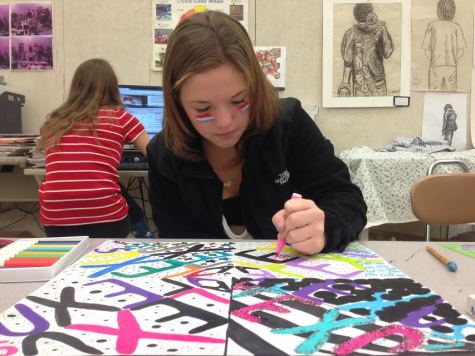
Sophomore Alexus Barber works on an art project in Adaptive Art.
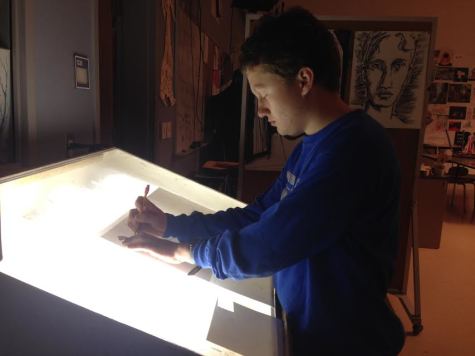
Freshman Noah McDonald traces
pictures of a horse in various positions.
“The most beneficial aspect has been realizing that [the students] are a lot like us and like the same things that we do.” – Sarah Fiore, sophomore
Your donation will support the student journalists of North Kingstown High School. Your contribution will allow us to distribute a print edition of the Current Wave to all students, as well as enter journalism competitions.



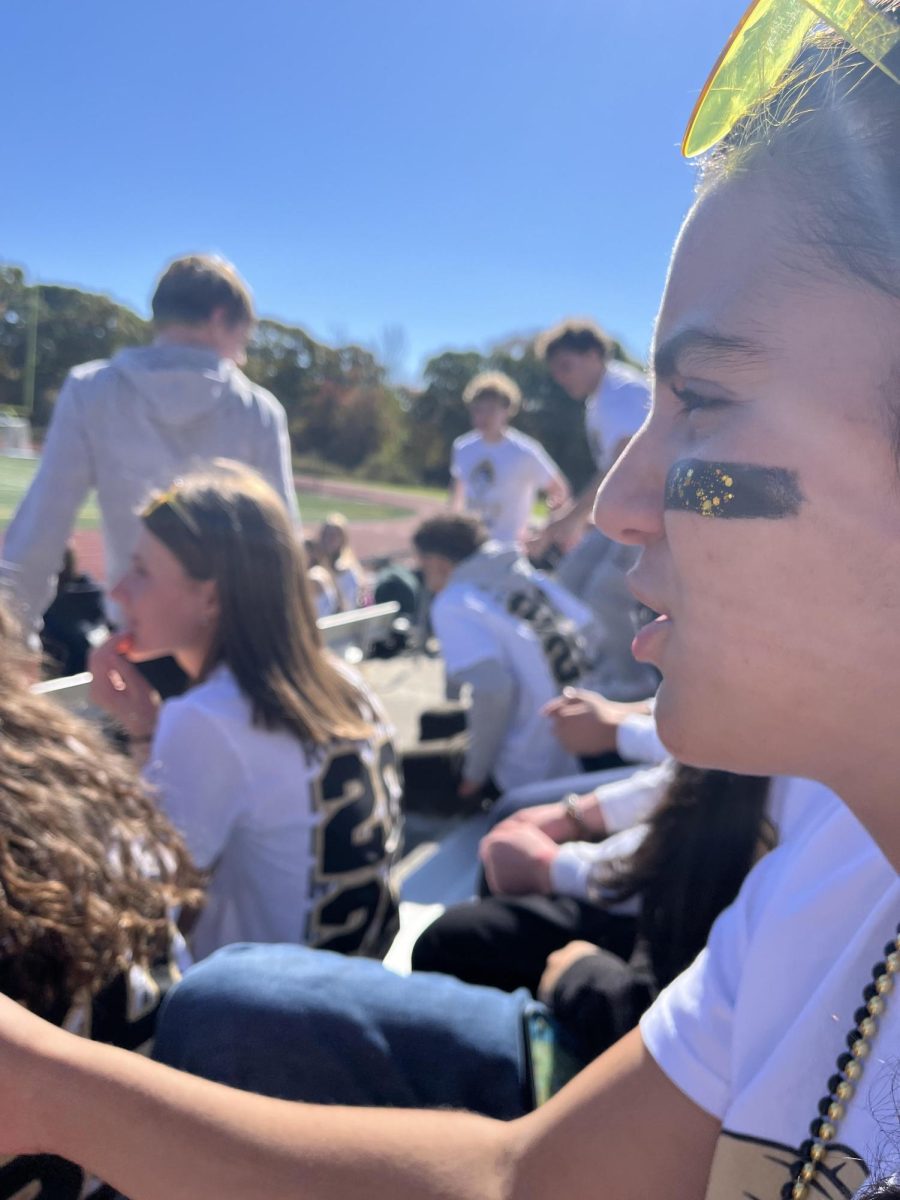
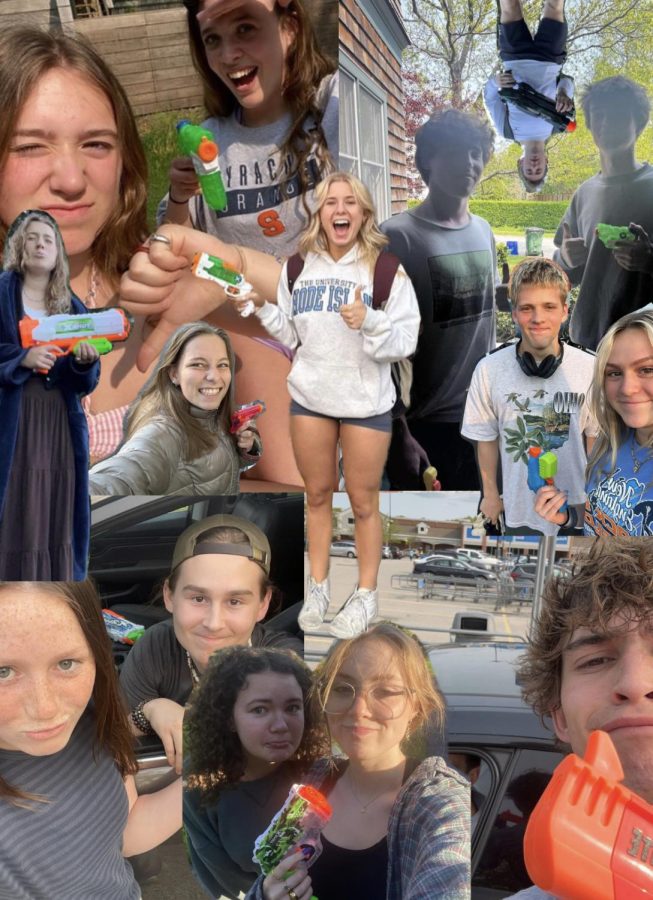
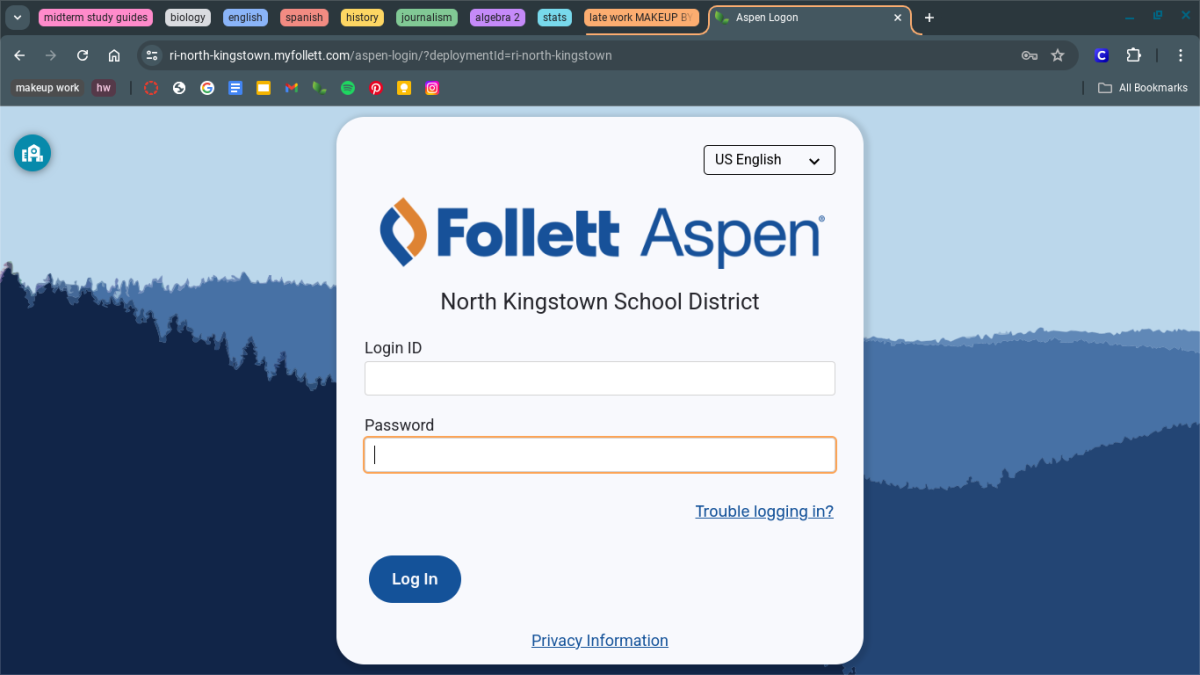

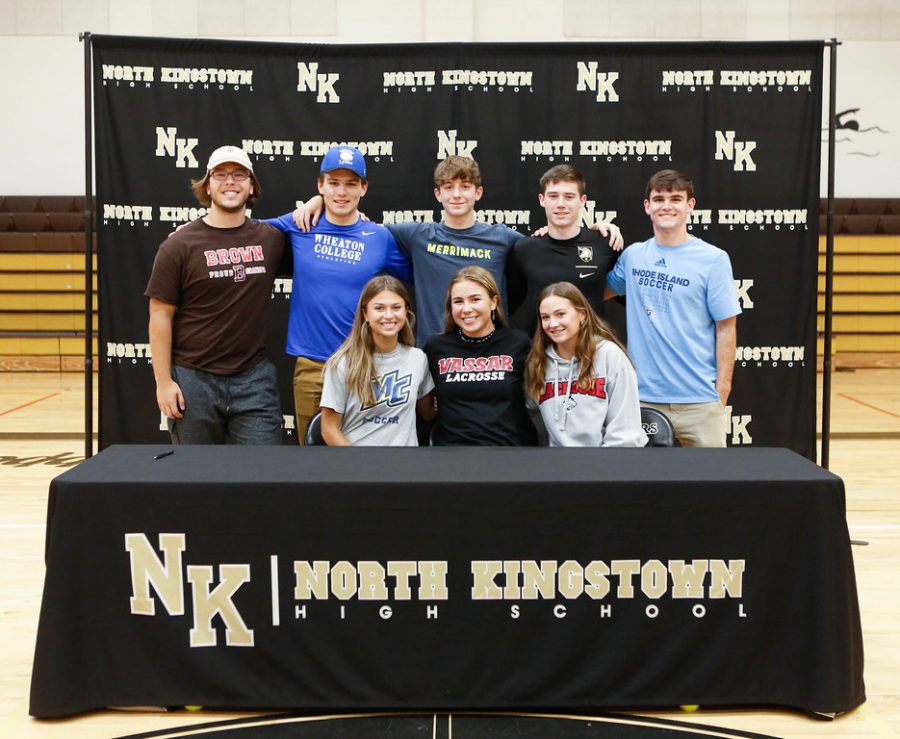
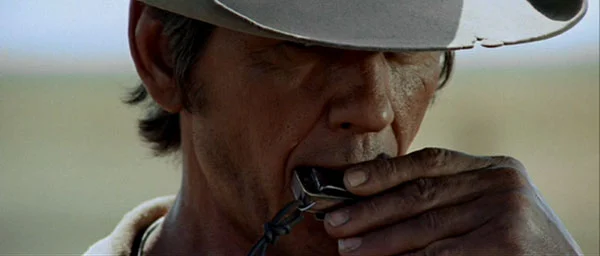



Anonymous
Nov 26, 2014 at 7:06 PM
GREAT! Having a class where regular ed. students can work alongside special needs students is AWESOME!